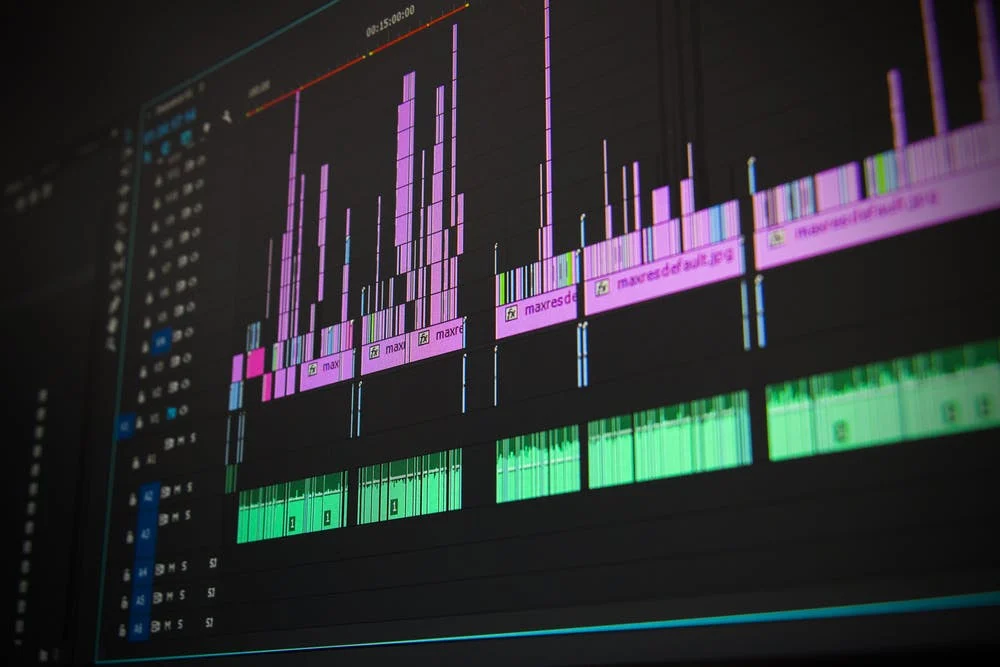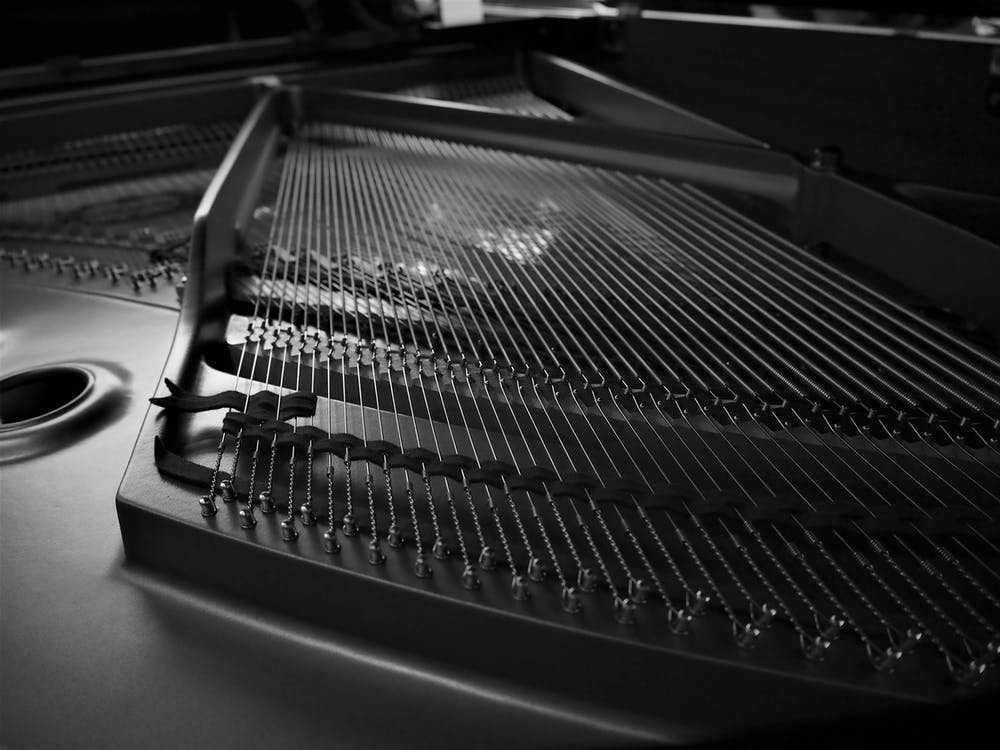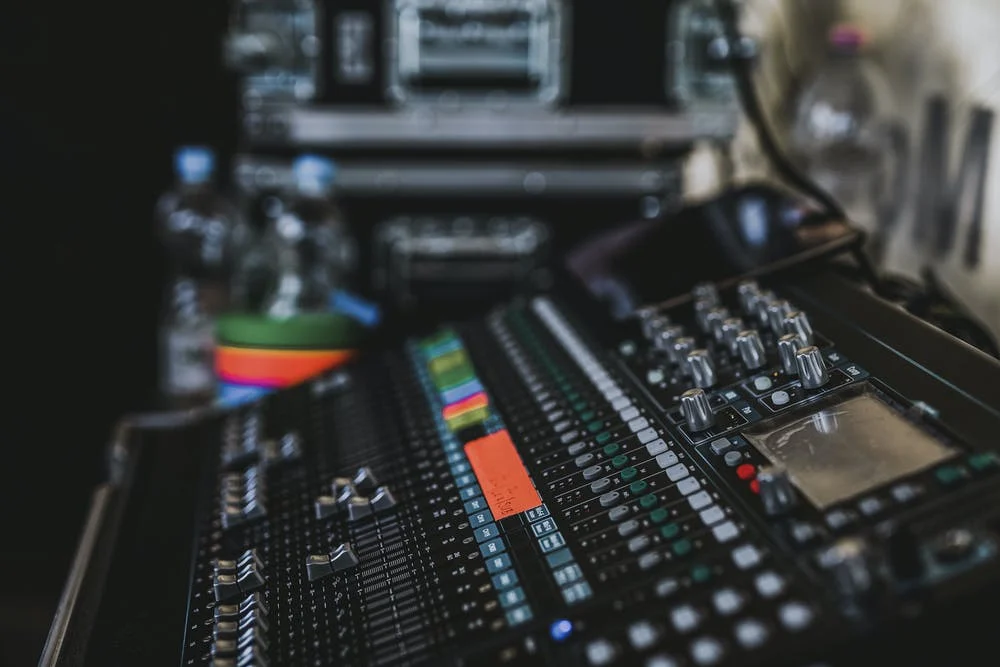The Detailed Description of The Audio Device
It is understood that the term "USB audio device" refers to any device that is solely dedicated to receiving and processing an audio signal (and that is not itself capable of receiving or processing any video signals), regardless of whether it is sold as a stand-alone device, as an accessory for a higher-level product that includes a video display, or as a device that is designed for inclusion in any DTV system on any computer.
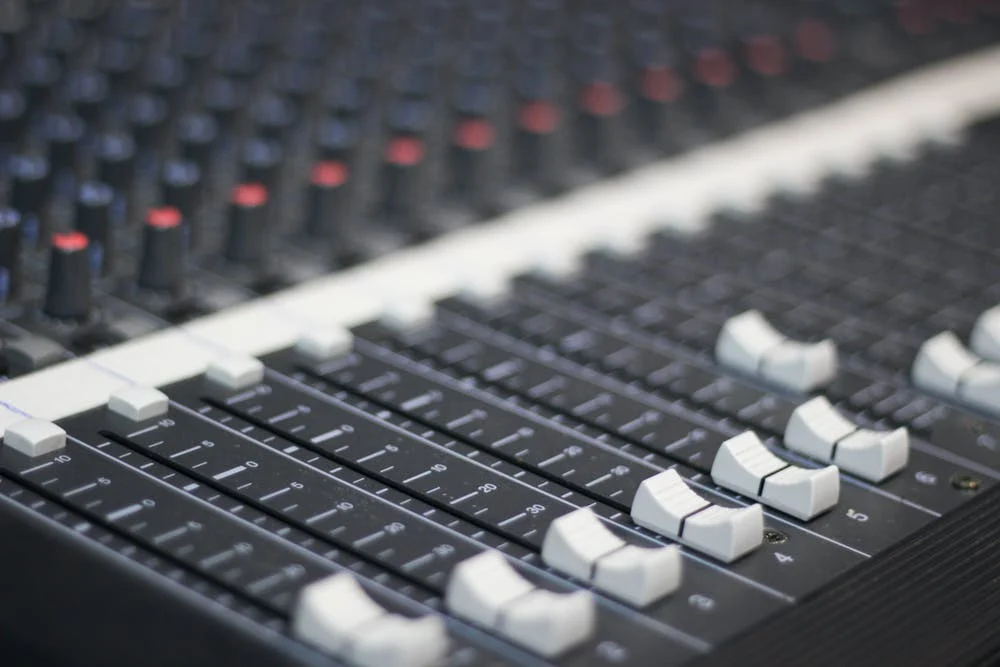
How To Differentiate Audio Devices?
If you wish to avoid any misunderstandings, dedicated audio receivers and soundbar systems (including those designed to be integrated within the case of a higher-level product that has a Video Display) are included in the Audio Devices category.
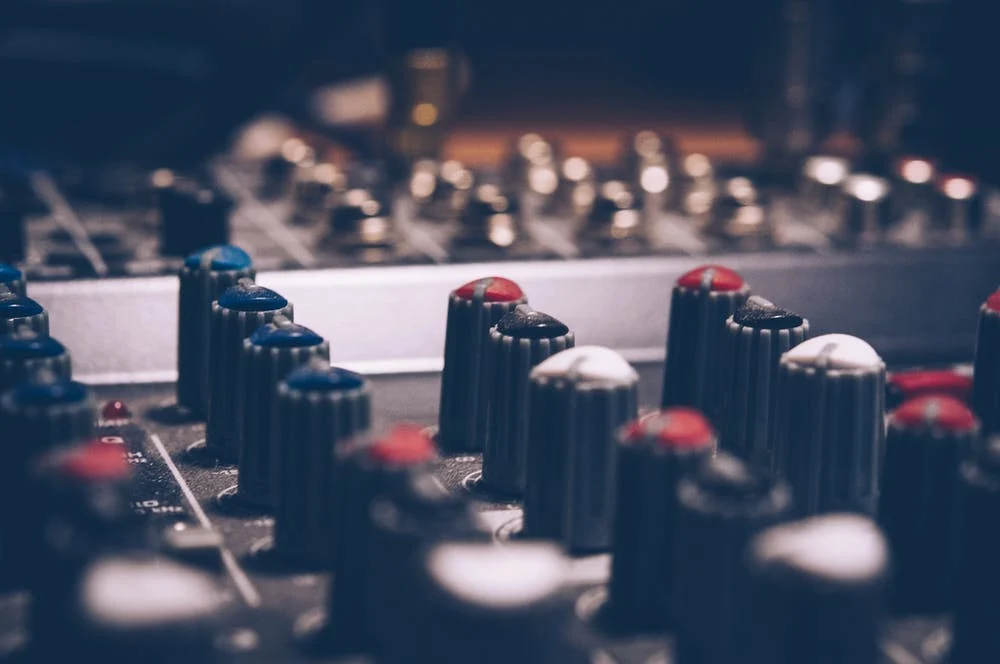
Audio Devices: Examples
The iPod® and iPad®, as well as mobile phones, laptop or notebook computers, set-top boxes, digital transition adapters (such as media players), video phone adapters, and any other mobile devices, are excluded from this category.
